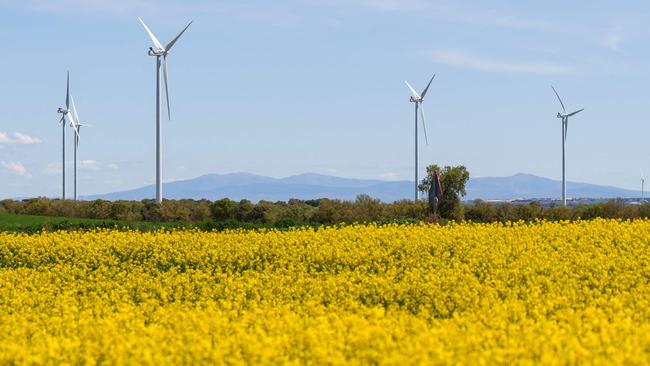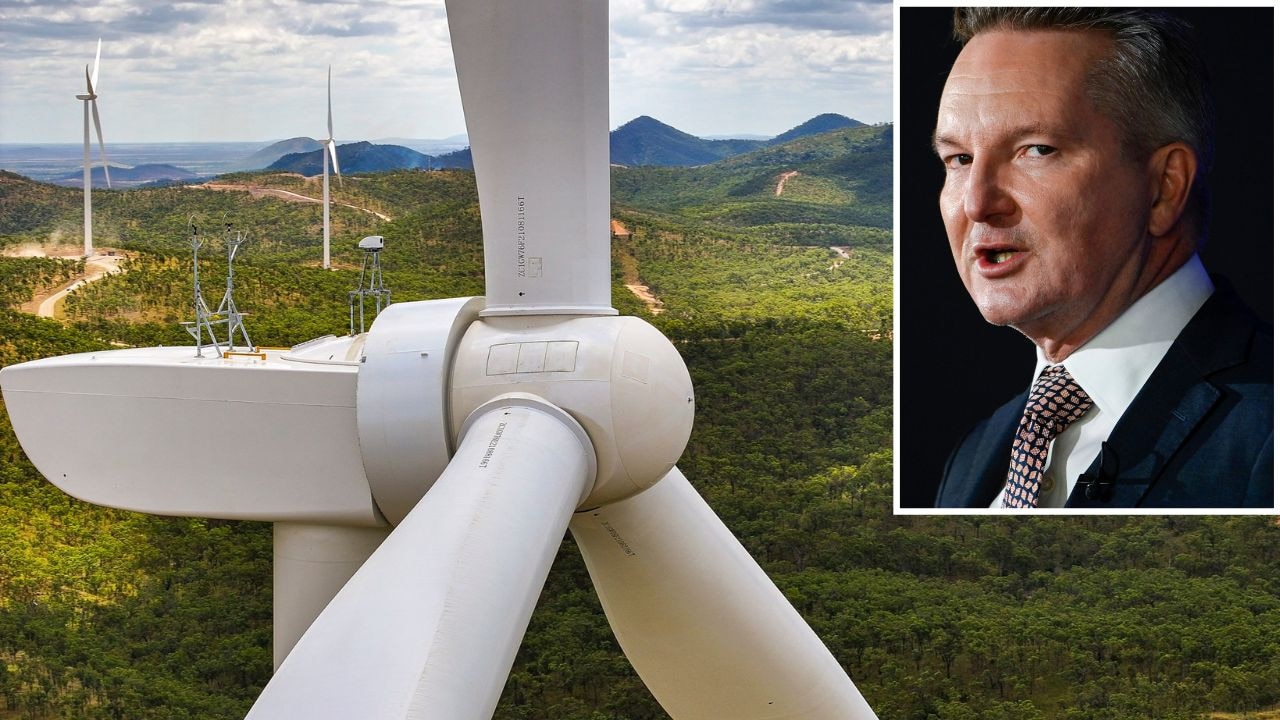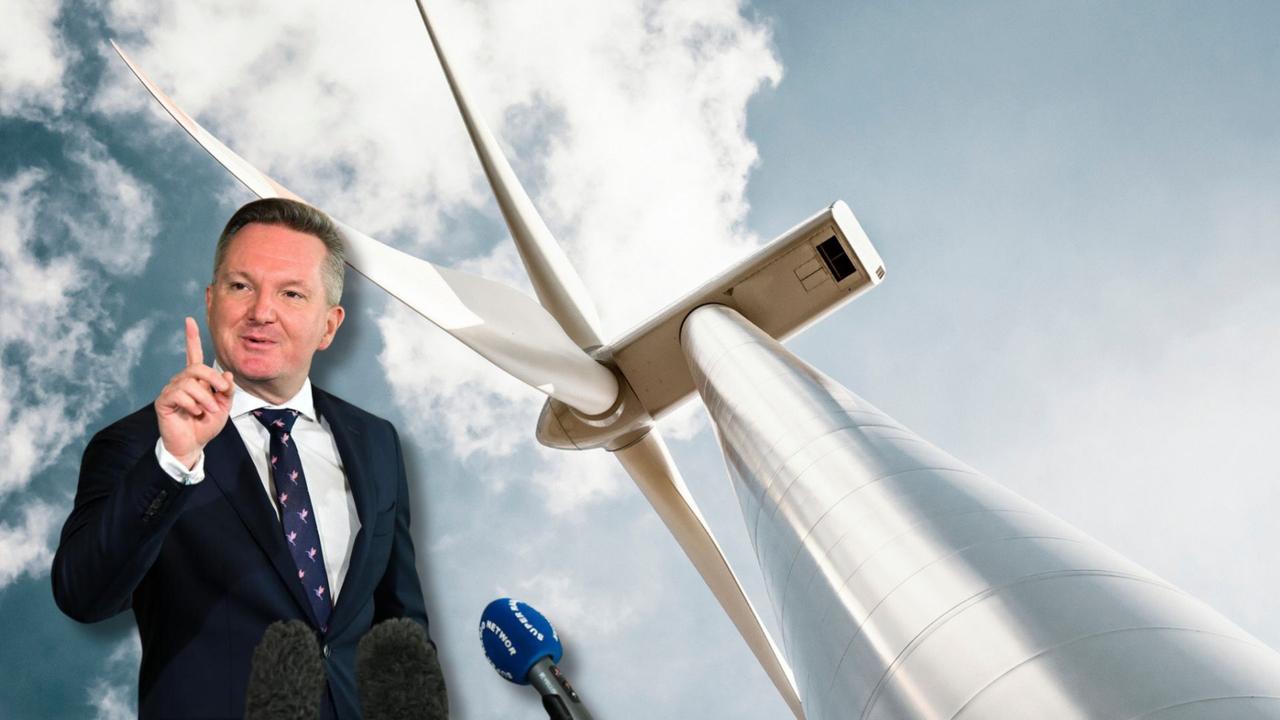
This week’s power blackout in Spain has reignited a deep political divide over the nation’s energy future. And offered a timely reminder to Anthony Albanese and Peter Dutton over the perils of any slip-up when it comes to keeping the lights on.
Theories about the system black event – which debilitated Spain, Portugal and parts of France – have ranged from a cyber attack through to a rare atmospheric phenomenon that led to oscillations in electricity lines.
Others point to the lack of visibility in Spain’s behind-the-meter solar supplies, which increase the risk of instability when the renewable source floods the market. Australia is already well down the same transitional path, even if our mix of energy sources differs from Europe, where baseload nuclear plays an important role in delivering electricity to users. Where the two regions may find further common ground is in the blame game that’s erupted in the wake of Spain’s energy catastrophe, much like the finger pointing that followed South Australia’s “system black” crisis in 2016.
Spanish Prime Minister Pedro Sanchez has already warned political operatives who have sought to blame the blackout on his government’s pursuit of green power.
“It wasn’t a problem of an excess of renewables,” Sanchez told local media. “We must not rush to conclusions and commit errors through haste. We will find out what happened in those five seconds.”
But with any investigation likely to take weeks or even months to pinpoint the cause, pressure is growing on the Spanish leader to consider whether it’s on the correct transition path to green power.

Spain is planning to shut down its nuclear reactors by 2035, much like the staged closure of coal plants here in Australia over the next decade.
Yet even before this week’s outage, reports emerged that Spain might push back that nuclear dateline, with big utilities like Iberdrola, also active in Australia, asking for the strict closure timeline to be reconsidered.
“This situation requires deep analysis to see what the impact of a potential shutdown would be,” Iberdrola chairman Jose Ignacio Sanchez Galan said in February.
The leader of the Spanish People’s Party, Nunez Feijoo, wants big nuclear plants kept in the mix as an insurance clause while solar and wind grow their share of the energy pie.
Consultancy Rystad Energy noted France’s nuclear fleet provided steady baseload generation throughout Spain’s blackout event, giving it the ability to respond swiftly once interconnectors were re-engaged.
Rystad said the crisis had underlined “ a deeper vulnerability” in the region’s energy system.
“Spain’s high renewable penetration exposed difficulties in balancing intermittent supply, while Portugal’s complete reliance on imports underscored its lack of flexibility and energy storage,” Rystad said in a research note.
“This disruption serves as a clear warning: without stronger domestic resilience and improved regional co-ordination, future grid failures could have even more severe consequences.”
Australian energy experts are watching with interest for the results of any Spanish probe, while resisting jumping to any early conclusions, given little concrete evidence about the fault has yet to be produced.
The scale and speed of the attack would have grabbed the attention of the Australian Energy Market Operator, which is already managing renewables dominating the power grid at times during the day. Understanding if this was a one-off event, specific to Europe’s interconnected grid, or a broader system vulnerability will keep power grid planners on high alert.




A fierce ideological battle between renewables and nuclear power. A spat over energy security. And a bid to cut the nation’s dependence on fossil fuels as the country works to meet the Paris climate accord.